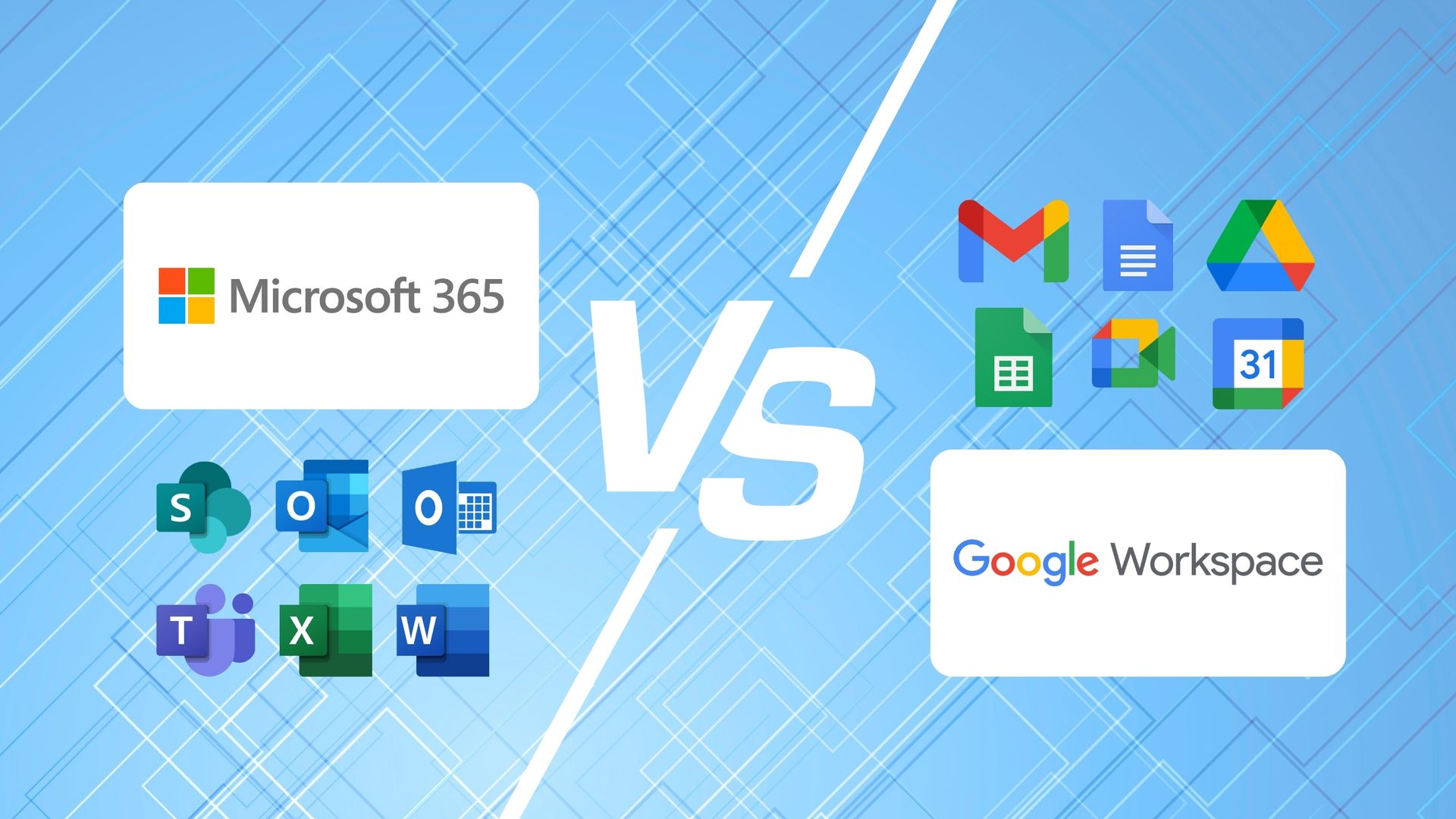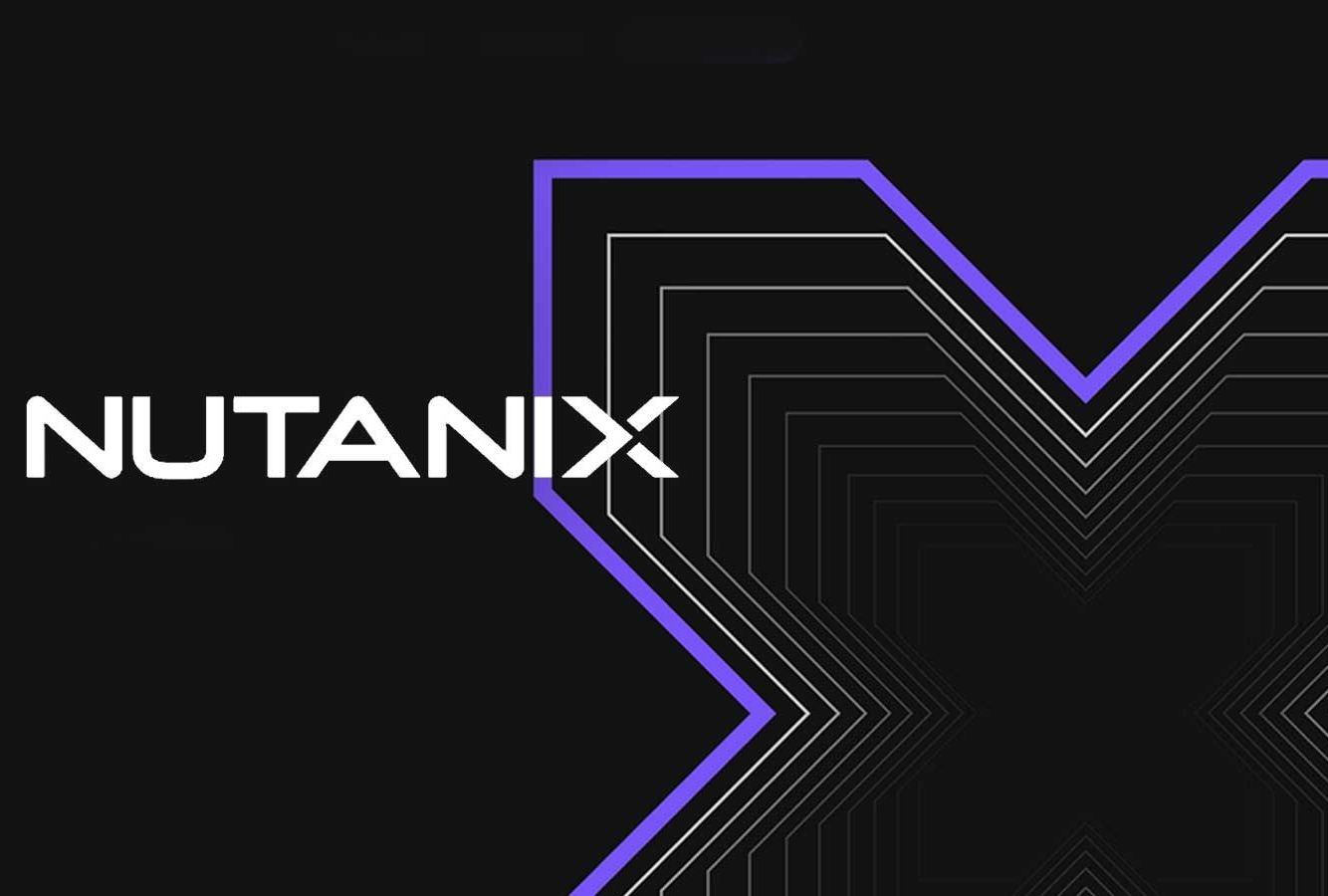Microsoft 365 vs. Google Workspace: Beyond the Feature Checklist

What kind of organization are you building?
When organizations weigh Microsoft 365 against Google Workspace, the temptation is to tally features in two columns and declare a winner. But that exercise misses the real question: what kind of organization are you building, and how should your digital environment serve that vision?
Both platforms deliver email, file sharing, chat, and productivity apps. The distinction lies not in whether they can handle documents and calendars — but in how they shape the way people work, scale, and secure information.
👉 Book a Free Microsoft 365 Assessment
Collaboration: Surface-Level vs. Enterprise-Grade
Google’s collaboration tools are well-known, but they’re intentionally lightweight. They cover the basics of co-editing a document, and not much more.
Microsoft 365 takes collaboration deeper. Teams, SharePoint, and OneDrive integrate seamlessly with Outlook, Word, Excel, and PowerPoint. That means meetings, chats, files, and workflows live in one connected ecosystem. It’s not just “working together” — it’s building a digital workplace that scales with your business.
File Management: Storage vs. Structure
Google Drive is essentially cloud storage. You can drop files in, share links, and collaborate casually. That works at a small scale, but it rarely provides the structure needed once a company grows beyond a handful of teams.
SharePoint is purpose-built for business. Beyond storage, it offers permissions, version control, document libraries, intranet portals, and automation. The difference is stark: Drive stores files; SharePoint organizes knowledge.
Security & Compliance: Baseline vs. Business-Critical
Google provides baseline security. For many small teams, that’s sufficient. But Microsoft designed 365 with the reality that businesses face regulatory requirements, cyber threats, and the need for granular control.
With conditional access policies, advanced threat protection, data loss prevention, and compliance-ready tools, Microsoft 365 gives organizations peace of mind that their data — and their customers’ data — is protected.
Cost & Value: Short-Term vs. Long-Term Thinking
On paper, Google may look cheaper. But what’s often overlooked is the patchwork of additional tools businesses need to fill the gaps: Slack for chat, Zoom for video, Dropbox for storage, Trello for project management. Suddenly, the “cheaper” option costs more in complexity, integration headaches, and overlapping subscriptions.
Microsoft 365 consolidates those functions into one platform. One subscription, one ecosystem, and fewer points of failure. The result isn’t just cost savings — it’s simplicity, efficiency, and alignment.
The Bottom Line: Microsoft 365 Is Built for Business
Google Workspace is serviceable. But Microsoft 365 is strategic. It offers a level of integration, security, and scalability that Google simply doesn’t match. That’s why, in practice, businesses rarely move from Microsoft to Google — but many eventually make the jump the other way.
If your goal is growth, security, and a future-proof digital workplace, Microsoft 365 is the clear choice.
Where Central Business Systems Fits
At Central Business Systems, Inc., we don’t just sell licenses. We help organizations ask — and answer — the bigger questions:
- Is now the time to move from Google to Microsoft?
- Are we using Microsoft 365 to its full potential, or just scratching the surface?
- How do we turn our tools into a true digital workplace instead of a collection of apps?
Our role is to make those transitions seamless: data migration without disruption, SharePoint environments designed around how your people actually work, and ongoing assessments to ensure you’re unlocking the value you’re paying for.
👉 Make the Move to Microsoft 365 with CBS — Considering a migration from Google? We’ll guide you every step of the way.
👉 Contact Us to Explore Your Options — Not ready to book an assessment yet? Start the conversation with our team today.
Final Thought
Software is easy to buy. The hard part is aligning it with your people and your strategy. That’s why this choice matters so much: it’s not a technical decision, it’s a leadership decision.
And that’s why we exist — to help organizations not just adopt a platform, but shape it into a foundation for the future of work.












